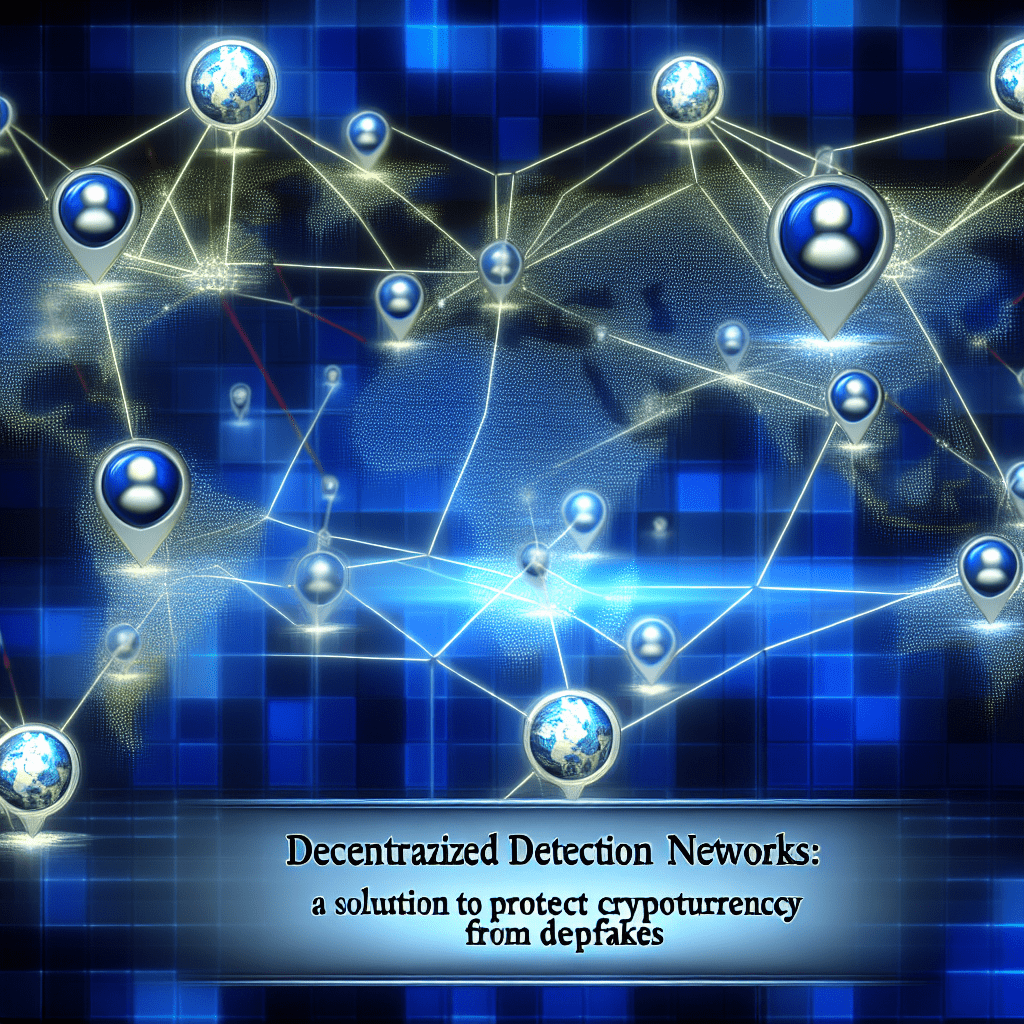
Opinion by: Ken Miyachi, founder of BitMind
Centralized deepfake detectors are structurally misaligned, brittle, and lagging. The crypto industry needs a native defense—a decentralized detection network that rewards independent model providers for identifying real-world fakes and recording those findings on-chain.
The outcome: Enhanced transparency and composability across exchanges, wallets, and decentralized finance (DeFi).
In Q1 alone, $200 million was lost to deepfake scams, with over 40% of high-value crypto fraud now linked to AI-generated impersonations.
As criminals exploit deepfakes to circumvent KYC processes and impersonate executives for fraudulent transactions, the crypto sector faces a profound threat that centralized detection systems can’t address.
Centralized detection is failing
The core failure is architectural.
Centralized detectors are conflicted and siloed, with vendor-locked systems best detecting their outputs while missing others. When the same entities build both generators and detectors, the incentives become unclear. These systems are static and slow compared to decentralized alternatives, training against outdated tricks while adversaries adapt in real-time.
Crypto cannot rely on the same closed systems that deepfakes outsmart without encountering similar issues. It’s time to change this mindset and transition to decentralized detection networks.
Law enforcement across Asia dismantled 87 deepfake scam rings that used AI-generated content to imitate figures like Elon Musk and government officials. Scams have evolved to include live deepfake impersonations during video calls, where fraudsters masquerade as blockchain executives to approve unauthorized transactions.
For instance, Strategy executive chairman Michael Saylor warned last year that his team removes around 80 fake AI-generated YouTube videos impersonating him daily, promoting fraudulent Bitcoin giveaways via QR codes, illustrating how relentless these assaults are on social platforms.
Bitget CEO Gracy Chen remarked, “The speed at which scammers can generate synthetic videos, combined with the viral nature of social media, gives deepfakes a unique edge in both reach and credibility.”
Related: How fake news and deepfakes fuel the latest crypto pump-and-dump scams
When traditional detection tools only achieve 69% accuracy on real-world deepfakes, it creates a significant blind spot that criminals exploit. OpenAI CEO Sam Altman recently warned of an “impending fraud crisis” as AI has “defeated most authentication methods.” The crypto industry needs solutions that evolve alongside the threats themselves.
These vulnerabilities even extend to emotional manipulation, as seen in AI-driven romance scams where deepfakes and chatbots construct fictitious relationships to extract funds.
The core issue lies in trusting major AI corporations to self-regulate their outputs amidst political and economic pressures. Google’s SynthID only detects content from its own Gemini system, excluding deepfakes from competing solutions. Conflicts of interest are unavoidable when the same companies that create generative AI also control detection systems.
A March 2025 study found that even the best centralized detectors dropped from 86% accuracy on controlled datasets to just 69% on real-world content. These static systems train once on existing databases and expect to remain effective indefinitely, but criminals adapt more swiftly than centralized authorities can react.
A decentralized, crypto-native defense
Decentralized detection networks embody true blockchain principles applied to digital security. Just as Bitcoin solved the double-spending problem by distributing trust, decentralized detection addresses the authenticity challenge by distributing verification across competing miners.
Platforms can facilitate this approach by creating incentive structures wherein AI developers compete to produce superior detection models.
Crypto-economic rewards naturally channel talent toward the most effective solutions, with participants compensated based on their models’ performance against real-world deepfakes. This competitive framework has shown significantly higher accuracy on diverse content compared to centralized alternatives, achieving results that static systems cannot achieve.
A decentralized verification approach becomes crucial as generative AI is projected to become a $1.3 trillion market by 2032, necessitating scalable authentication mechanisms that keep pace with AI’s rapid evolution.
Conventional methods are easily altered or bypassed, while centralized databases are susceptible to breaches. Only blockchain’s immutable ledger offers the transparent, secure foundation needed to address the anticipated rise in AI-driven crypto scams.
Deepfake scams could account for 70% of crypto crimes without decentralized detection protocols by 2026. Incidents like the $11 million OKX account theft via AI impersonation showcase how vulnerable centralized exchanges remain to sophisticated deepfake attacks.
DeFi platforms are particularly at risk, since pseudonymous transactions already complicate verification.
When criminals can fabricate convincing AI identities for KYC processes or impersonate protocol developers, traditional security measures prove insufficient. Decentralized detection offers the only scalable solution that aligns with DeFi’s trustless principles.
Regulatory alignment and the path forward
Regulators increasingly demand robust authentication mechanisms from crypto platforms, and decentralized detection networks already provide consumer-facing tools that verify content instantly. Why not collaborate with companies that offer auditable, transparent verification that meets regulatory standards while fostering the permissionless innovation that drives blockchain adoption?
The blockchain and cryptocurrency sector stands at a pivotal moment: stick with outdated centralized detection systems that will always lag behind criminal creativity or adopt decentralized architectures that transform the industry’s competitive incentives into a formidable shield against AI-driven fraud.
Opinion by: Ken Miyachi, founder of BitMind.
This article is for general informational purposes and is not intended to be and should not be considered legal or investment advice. The views, thoughts, and opinions expressed here are the author’s alone and do not necessarily reflect or represent the views and opinions of Cointelegraph.

